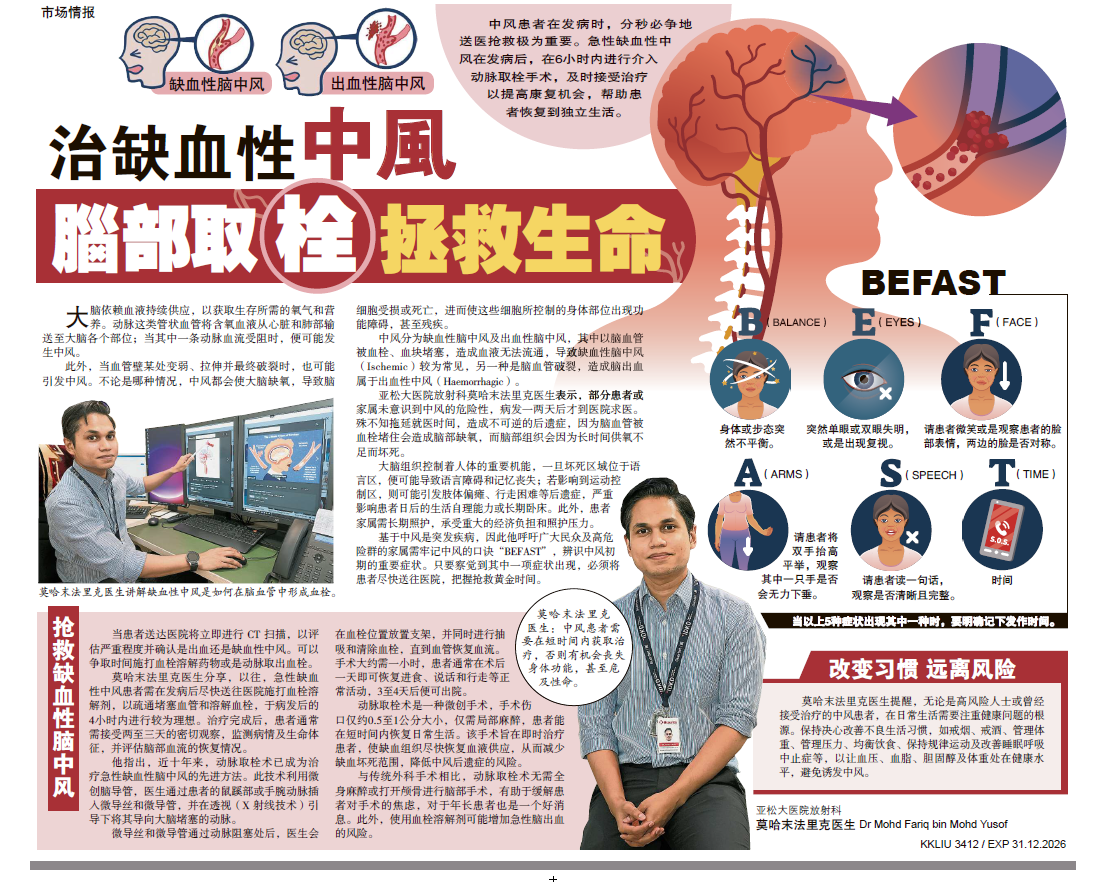The Intricate Association Of Obstructive Sleep Apnea And Eye Diseases – Dr Julius Goh Liang Chye, Assoc Prof Dr Jeyanthi Kulasegarah & Dr Katherine Seng Boon Hwei
- Updated on: July 27, 2023
Obstructive sleep apnea can affect eye health, including glaucoma, dry eye syndrome, floppy eyelid syndrome, papilledema, and non-arteritic anterior ischemic optic neuropathy.
Millions of individuals worldwide suffer from sleep disorders, with obstructive sleep apnea (OSA) being one of the most prevalent conditions.
While OSA’s effects on cardiovascular health and overall wellbeing are widely recognised, its impact on ocular health is frequently overlooked.
This article will examine the complex relationship between OSA and the eyes, casting light on the potential effects of this sleep disorder on eye health.
OSA is a disorder characterised by recurrent episodes of complete or partial upper airway obstruction during sleep, resulting in sporadic delays in breathing.
These interruptions, known as apneas, can occur multiple times per night, disrupting the regular sleep pattern and causing various health complications.
Relationship To Eye Health
Recent studies have shed light on the impact of OSA on ophthalmic health, even though the primary focus of OSA research has been on its cardiovascular consequences. Here are some of the most significant ways that OSA can affect the eyes:
- Glaucoma: The primary cause of irreversible blindness, glaucoma, is characterised by damage to the optic nerve due to high intraocular pressure. Various studies indicate that individuals with OSA may be at a greater risk for developing glaucoma. The repeated episodes of oxygen deprivation and fluctuations in intraocular pressure during apneas may contribute to optic nerve injury and an increased risk of developing glaucoma.
- Dry Eye Syndrome DES is a common ocular condition induced by inadequate tear production or poor tear quality. DES has been linked to OSA due to the disruption of normal sleep patterns and consequent dehydration of the eye surface. In addition, nocturnal hypoxemia and systemic inflammation related to OSA may contribute to developing or worsening of this condition.
- Floppy Eyelid Syndrome (FES) is characterised by upper eyelid laxity, resulting in chronic eye irritation, inflammation, and discharge. Studies have revealed a significant correlation between FES and OSA, suggesting an unclear cause of chronic inflammation of the eyelids during sleep that contributes to the development of FES. Identifying and treating OSA in FES patients is crucial to managing their ocular symptoms effectively.
- Papilledema is the enlargement of the optic disc caused by an increase in intracranial pressure. Oxygen desaturation and elevated carbon dioxide levels caused by OSA can result in systemic hypertension, contributing to increased intracranial pressure. This high pressure can cause papilledema by affecting the optic nerve. Papilledema is associated with long-term complications that can be avoided by early diagnosis and treatment of OSA.
- Non-Arteritic Anterior Ischemic Optic Neuropathy (NAION) is an ocular condition characterised by sudden, asymptomatic vision loss in one eye. Recent research suggests a link between OSA and NAION, with OSA patients having an increased risk of developing this condition. It is believed that intermittent hypoxia and systemic inflammation play a role in developing NAION in OSA patients, although the exact mechanism underlying this association is not fully understood.
OSA is a complex sleep disorder that affects overall health, including ocular health. The effects of OSA on the eyes range from modest discomfort to vision-threatening conditions.
Recognising the relationship between OSA and ocular health is essential for timely intervention and appropriate management.
If you or someone you know is suspected of having OSA, seeking medical evaluation and treatment is essential. The treatment of OSA enhances sleep quality and overall health and mitigates the risk of ocular complications.
Regular eye examinations, especially for those with OSA, can aid in the early detection and treatment of potential ocular conditions.
Remember that a comprehensive approach to health that includes sleep and eye care can go a long way toward improving the quality of life for those with OSA.
Dr Julius Goh Liang Chye and Assoc Prof Dr Jeyanthi Kulasegarah are from the Department of Otorhinolaryngology, Faculty of Medicine, University of Malaya, and Dr Katherine Seng Boon Hwei is from Assunta Hospital, Petaling Jaya.
- This is the personal opinion of the writer or publication and does not necessarily represent the views of CodeBlue.
Related Articles











